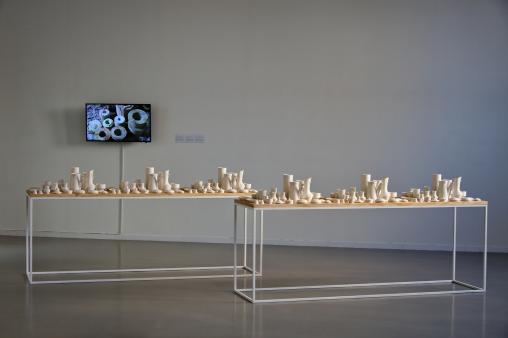
Group Exhibition, 21 October 2016 - 5 February 2017
Tabakalera International Centre for Contemporary Culture, Donostia - San Sebastián
The Agency of Living Organisms exhibition seeks to address the interrelations between contemporary urban social structures and nature, from the artistic and collective perspective, by means of organising transient "living” structures, micro-political actions and interventions. Compared to humans, plants and other living organisms have a set of sensorial characteristics that are often surprisingly sophisticated with which they interact and exist in their environment, in the same way that happens in art.
Curated by Pauline Doutreluingne. With Lara Almarcegui, Iain Ball, El Conde de Torrefiel, New Mineral Collective, Tue Greenfort, Iratxe Jaio and Klaas van Gorkum, Anne Duk Hee Jordan, Esther Kokmeijer, Nader Koochaki, Maider López, Gerard Ortín, Tere Recarens, Koenraad Van den Driessche.